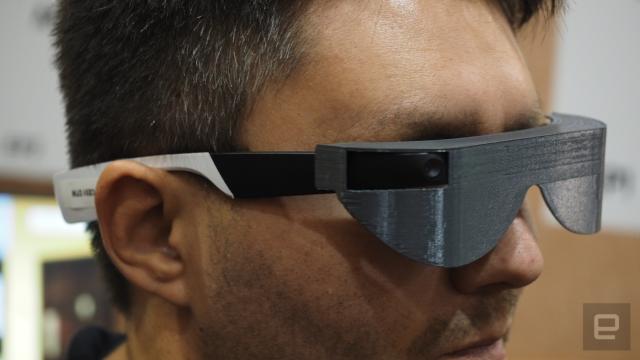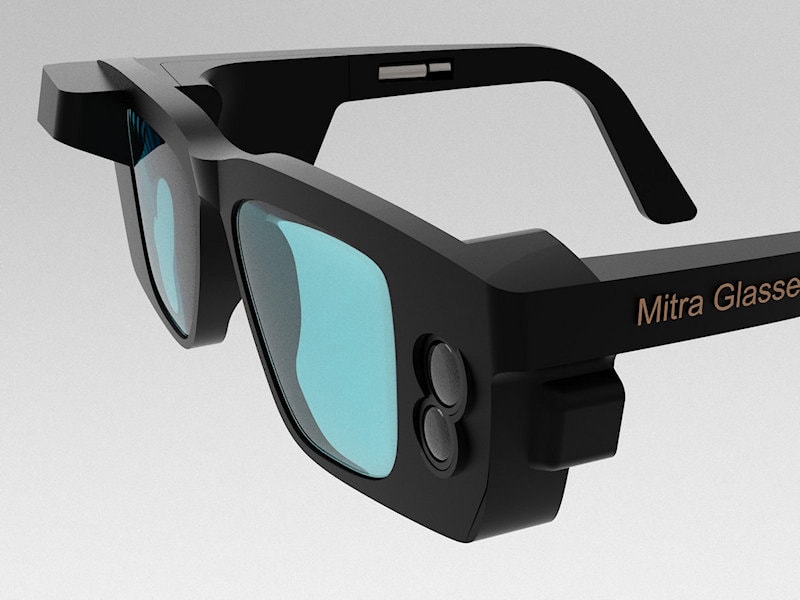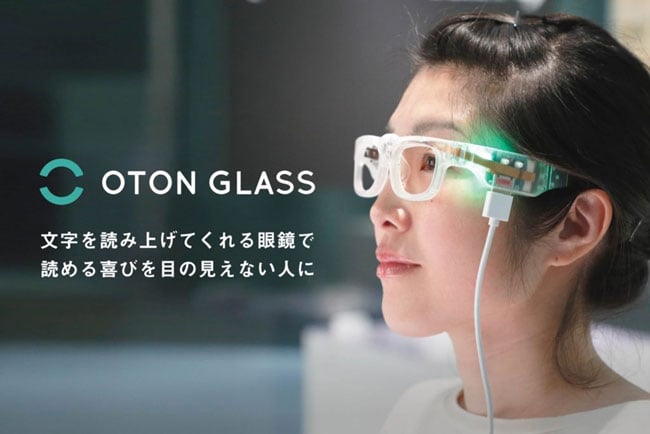The Future of Assistive Technology for the Blind: Empowering Independence
The Future of Assistive Technology for the Blind: Empowering Independence
Blog Article
Discover Advanced Assistive Tools for People With Aesthetic Impairments
The landscape of assistive innovation for people with aesthetic problems is progressing rapidly, providing a variety of innovative gadgets that improve autonomy and involvement (Braille displays and notetakers). From wise glasses that flawlessly combine aesthetic input with auditory guidance to advanced navigating applications that redefine spatial recognition, these tools are reshaping possibilities. The most recent improvements in Braille innovation and voice-activated systems considerably contribute to access. The ramifications of these developments expand far past simple functionality; they test conventional assumptions of impairment and independence. What might this mean for the future of inclusion and support?
Smart Glasses Innovations
Smart glasses represent a significant improvement in assistive modern technology for individuals with visual disabilities. These cutting-edge gadgets incorporate numerous attributes created to enhance the user's interaction with their environment. Geared up with video cameras and sensors, smart glasses can capture real-time aesthetic details, which is after that refined and communicated to the individual with audio comments or haptic feelings. This functionality enables individuals to receive prompt descriptions of their surroundings, improving their capacity to engage and browse with the globe.
Moreover, developments in synthetic intelligence have actually even more boosted the abilities of smart glasses. Machine discovering algorithms can identify faces, checked out message, and determine objects, making them important devices for everyday tasks. Customers can get auditory signs that supply context regarding their environment, cultivating independence and self-confidence.
Furthermore, the ergonomic layout and lightweight nature of several smart glasses make them appropriate for prolonged use, ensuring comfort while boosting functionality. As these gadgets remain to progress, they hold the potential to change the method people with visual problems experience their day-to-days live, connecting the gap in between accessibility and modern technology. The recurring r & d in this field promise to broaden the possibilities for wise glasses, making them an essential part of modern-day assistive devices.
Navigation Application and Devices
Various navigating applications and devices have emerged as vital sources for individuals with visual problems, dramatically boosting their capability to pass through unfamiliar environments. These technologies take advantage of general practitioner performance, audio signs, and real-time data to provide customers with precise navigating support.
One noticeable example is the Aira application, which links individuals to qualified representatives that can provide visual descriptions of surroundings and navigation advice via a live video feed. This service improves the customer's spatial awareness and self-confidence while navigating. Another remarkable device is Seeing Eye GPS, which supplies voice-guided navigating and factors of passion, making it possible for customers to access vital information about their surroundings.

As technology proceeds to advance, the growth of much more advanced navigating tools guarantees to more equip people with visual impairments, promoting seamless movement and assimilation into varied settings. Such advancements are important in advertising a much more inclusive society.
Braille Innovation Improvements
In recent times, improvements in Braille innovation have actually significantly changed exactly how individuals with visual problems gain access to details and involve with the world around them. The growth of mobile Braille screens has revolutionized analysis by enabling individuals to connect wirelessly to computers, smartphones, and tablet computers. These devices convert message right into Braille what's an od doctor in real-time, enabling smooth interaction with digital web content.
Additionally, ingenious Braille printers have arised, enhancing the manufacturing of tactile products. linked here Modern embossers are faster and a lot more effective, permitting the rapid creation of Braille records and educational materials. This efficiency lowers the time and price related to generating Braille resources, making them much more available to organizations and institutions.
Additionally, the combination of Braille with various other innovations, such as artificial knowledge and machine knowing, has actually opened brand-new opportunities for tailored learning experiences. Voice acknowledgment and synthesis technologies can complement Braille, offering a comprehensive strategy to info dissemination.
As the need for inclusive education and office environments expands, these technological developments play a vital duty in equipping people with aesthetic disabilities, guaranteeing they have equal accessibility to information and chances in numerous facets of life.
Wearable Gadgets for Self-reliance
A growing range of wearable gadgets is improving self-reliance for individuals with visual disabilities, using cutting-edge remedies that improve navigation and day-to-day living. Braille displays and notetakers. These gadgets utilize innovative modern technologies to give real-time responses and assistance, advertising autonomy in various environments

Wearable modern technology additionally includes smartwatches that can be set with access attributes, enabling customers to get notifications, track their areas, or also call for aid with the touch of a switch. In addition, some tools include expert system to evaluate the setting, offering contact eye exam price audio summaries of close-by things or individuals.
Voice-Activated Assistive Solutions
Leveraging voice-activated assistive services has transformed the landscape of support for people with visual problems, supplying hands-free interaction and accessibility to a variety of tasks. These modern technologies utilize all-natural language handling and expert system to enable customers to perform daily tasks via simple voice commands.

Moreover, current advancements in voice recognition accuracy have actually boosted the customer experience dramatically, suiting varied accents and speech patterns. This inclusivity ensures that more individuals can take advantage of these technologies, fostering a greater sense of autonomy.
Verdict
In verdict, the growth of innovative assistive tools significantly boosts the freedom and top quality of life for people with visual problems. Advancements such as wise glasses, navigation apps, Braille technology, wearable tools, and voice-activated options collectively cultivate a more inclusive setting. These innovations empower customers to navigate their surroundings with self-confidence and engage even more completely with the world, inevitably advertising greater access and equal possibilities for individuals encountering visual obstacles.
The landscape of assistive innovation for people with visual problems is progressing rapidly, providing an array of ingenious devices that improve autonomy and interaction.Smart glasses represent a significant improvement in assistive technology for people with aesthetic disabilities. As these tools continue to progress, they hold the possible to revolutionize the method people with visual disabilities experience their day-to-day lives, bridging the gap in between accessibility and technology.In recent years, advancements in Braille technology have actually dramatically changed just how people with visual disabilities accessibility information and engage with the world around them. These modern technologies encourage users to navigate their surroundings with self-confidence and engage more completely with the globe, ultimately advertising greater ease of access and equivalent opportunities for individuals facing aesthetic challenges.
Report this page